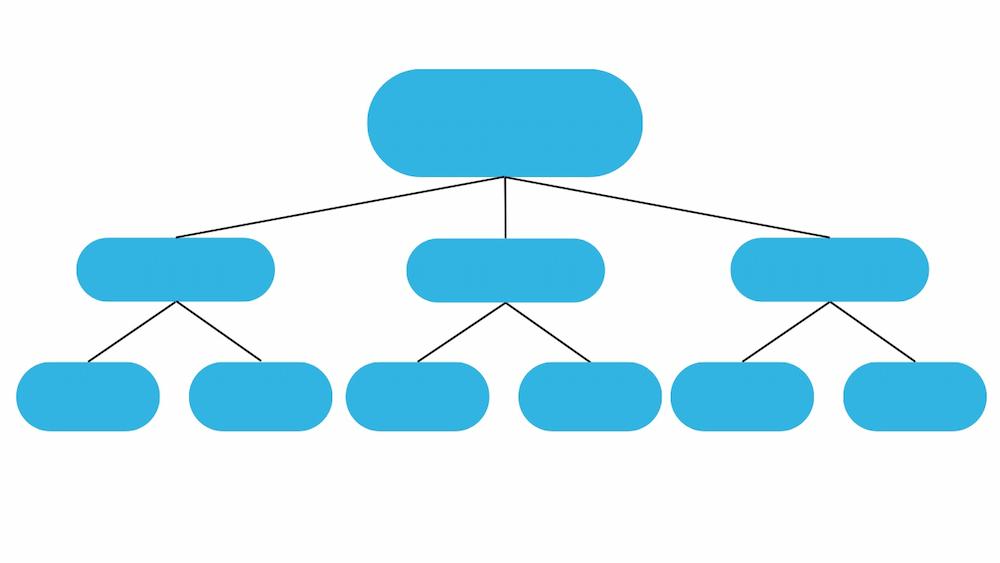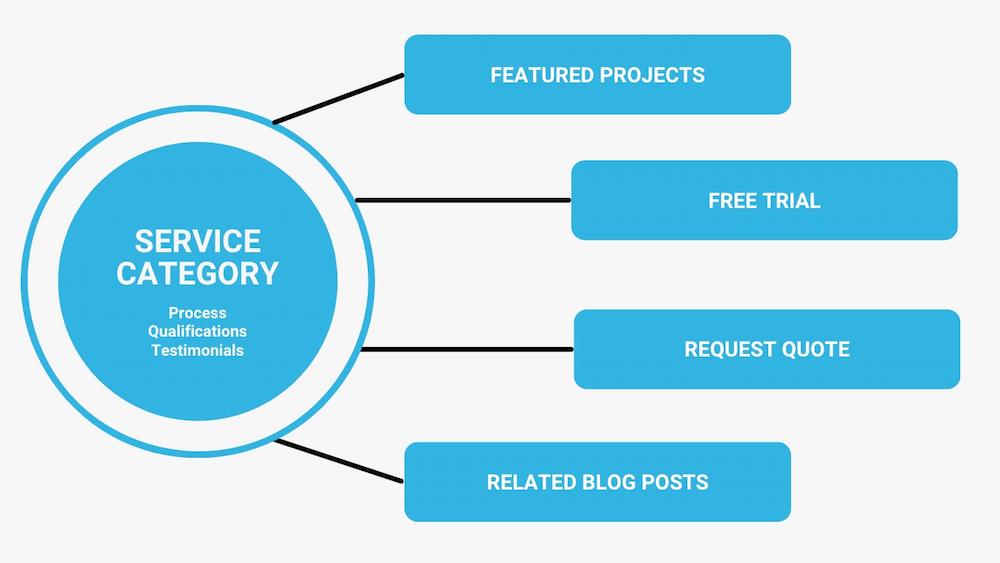When designing a website, it’s easy to get distracted by all the copy, visual assets, and cool features you want to include. But it’s important to spend time at the beginning of the process mapping out your website structure, the organization of your pages and how they connect. Without a structure providing straightforward and intuitive navigation through your pages, you risk frustrating the audiences you’re working so hard to serve.
To help you plan an effective structure for your website, we’ve compiled a list of tips you can reference during your next brainstorming session.
Emphasize Your Key Categories
Write down a list of all of the broad information topics and functions you can provide for users of your website. (Service offerings, online stores, and customer service are several examples.) Then, with all the options in front of you, take note of the vital ones. For each of these categories, you’ll want to create a page that acts as a content hub where users can access links to related information.
Map Out User Experience Journeys
Decide how you want users to accomplish certain actions or find particular information. By placing yourself in the shoes of your users as they go through category processes, you can make sure you’ve planned a complete runway of pages that doesn’t miss key steps. When possible, minimize the number of user clicks needed to reach a destination. Don’t make a long sequence of pages another potential reason for visitors to leave your site.
Visualize Website Structure with Diagramming Tools
Keeping track of all your website’s pages and what other pages they lead to can seem daunting and hard to organize, but free online tools can help. Diagramming and flowchart tools like Lucidchart make it relatively easy to plot out the progression of your pages. There’s no need to MacGyver your way through it with massive whiteboards, dozens of post-its, or pen and paper.

Research Website Structure of Your Competition
Exploring the websites of your competition can also provide some helpful website structure ideas. By taking the perspective of a potential customer and navigating the user journeys on those sites, you can find examples of what works well and what doesn’t. If you visit enough sites, you’ll also notice trends in the types of pages typically included. This can tip you off to what prospective customers may expect to see on your website.

Receive Guidance from NEXTFLY® Today
For help arranging the website structure of your next project, contact the NEXTFLY team. We’re happy to assist you in ensuring your website visitors can find what they’re looking for with ease.

